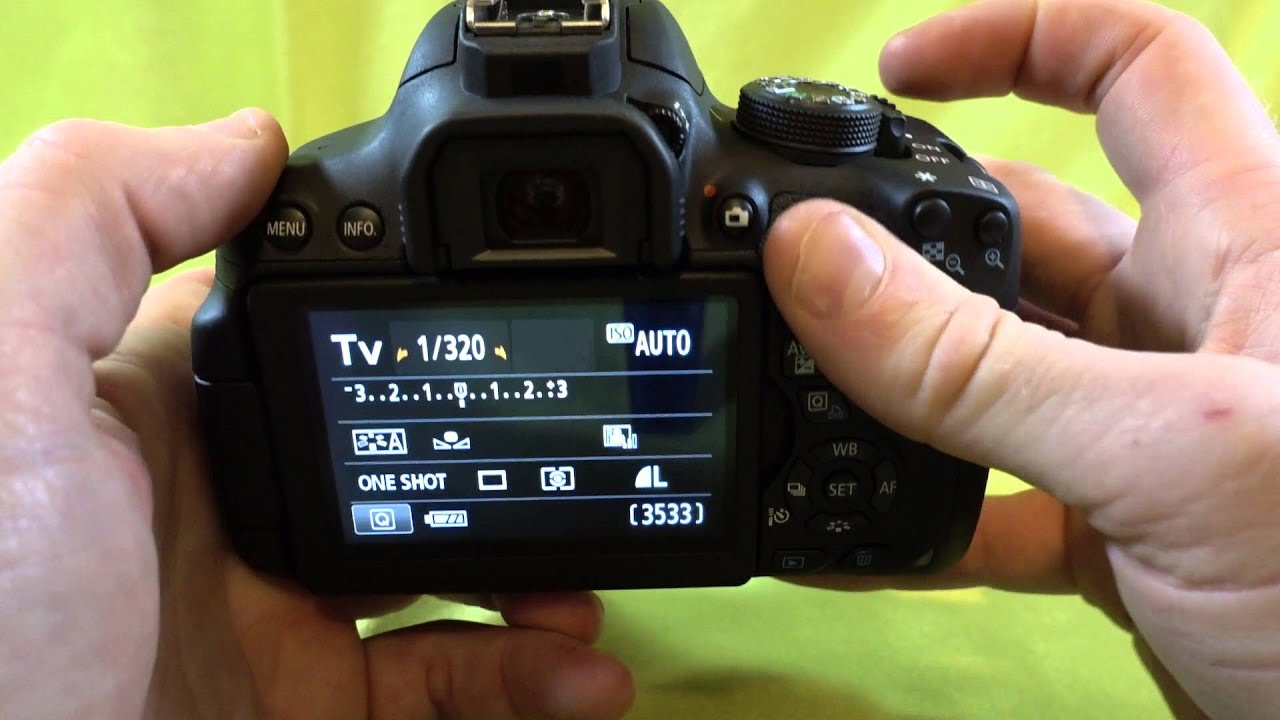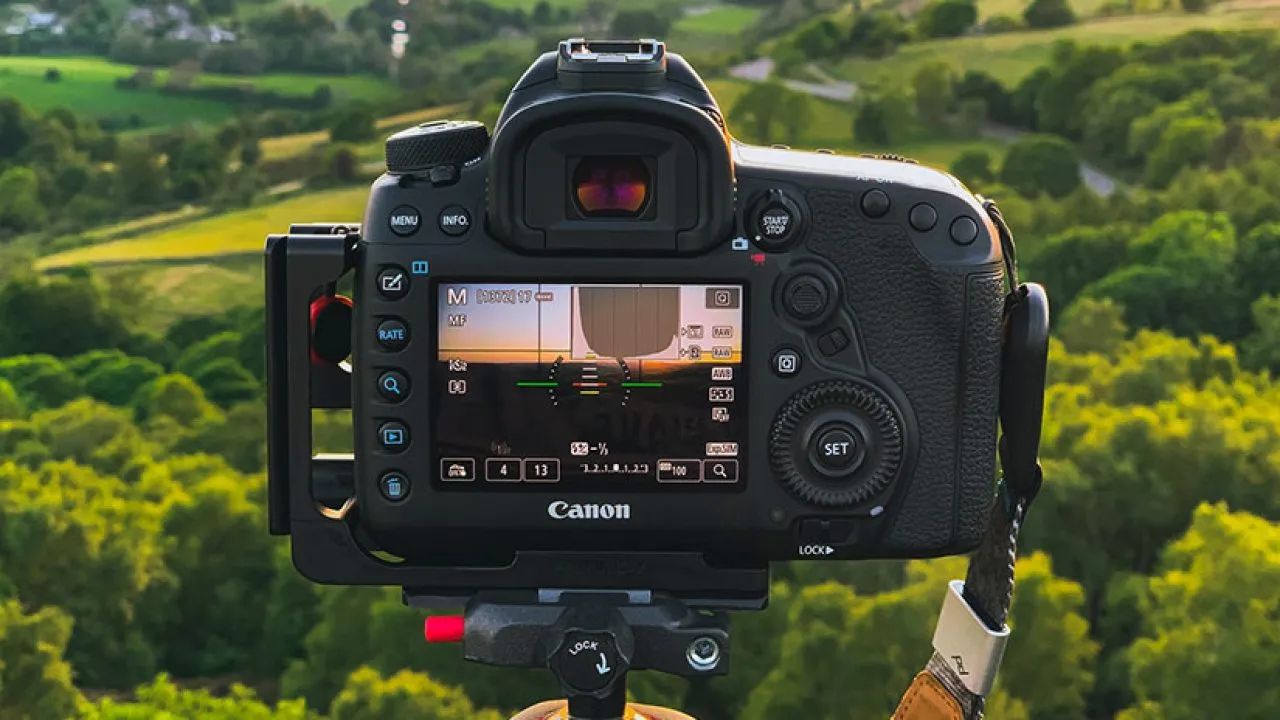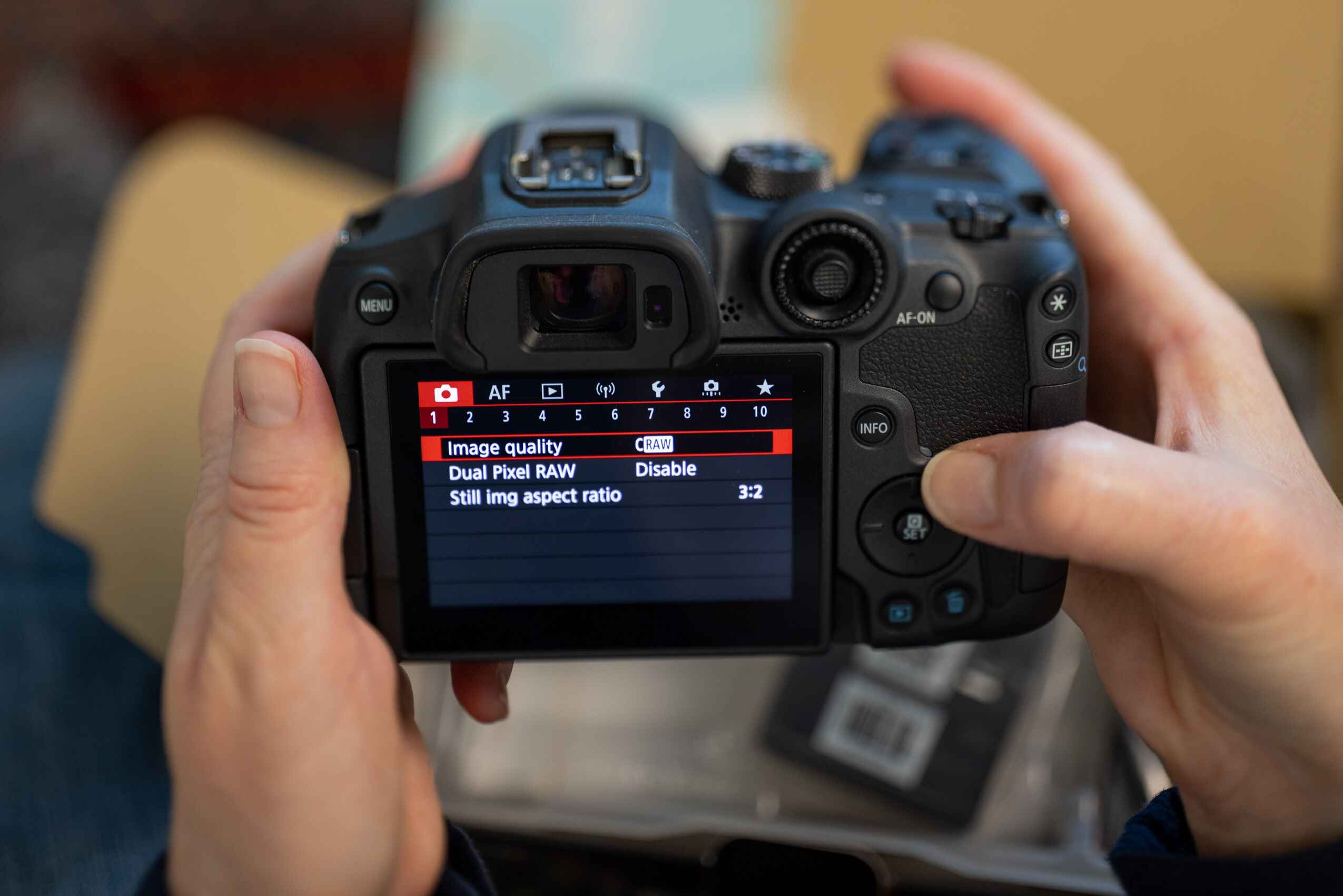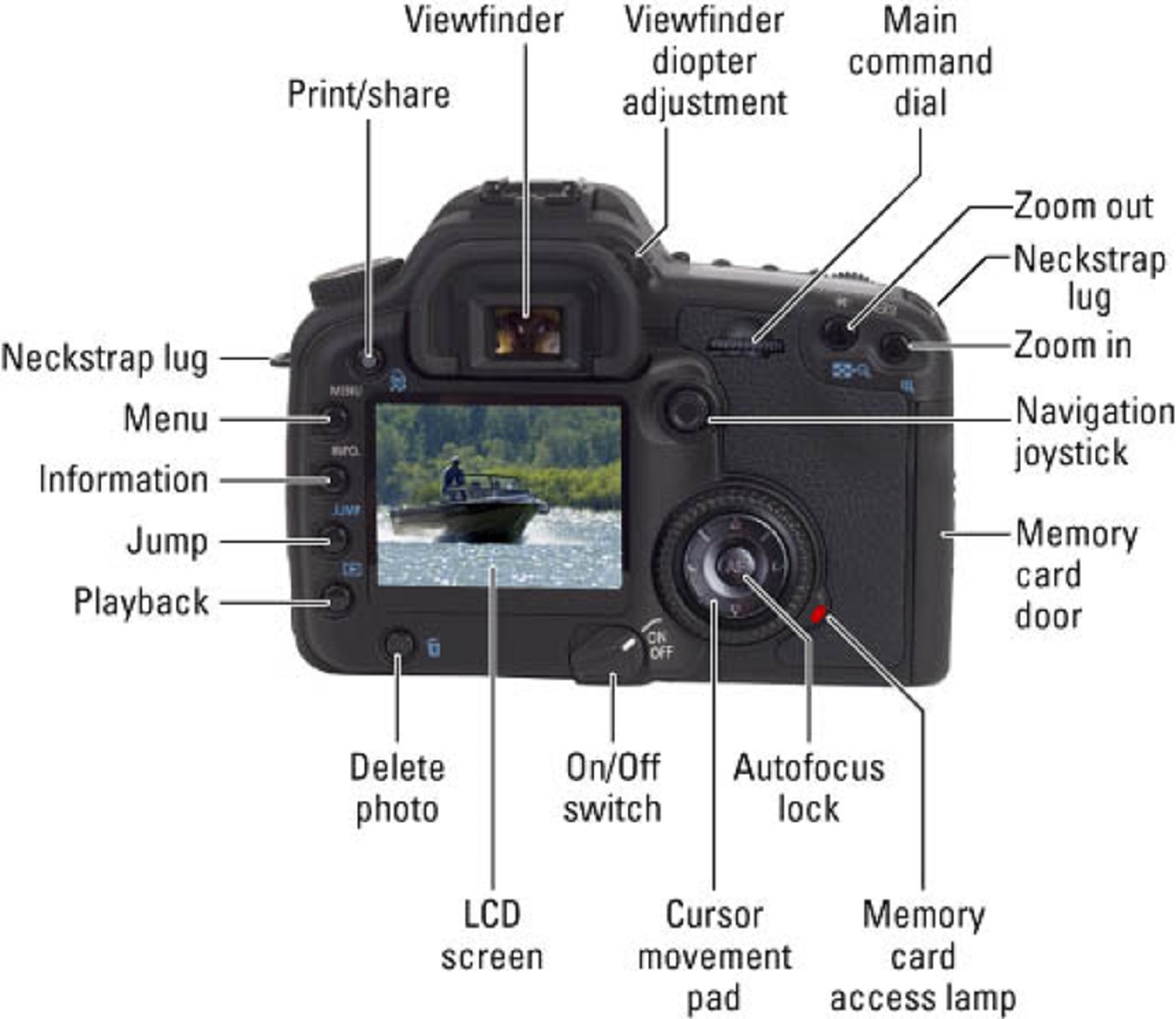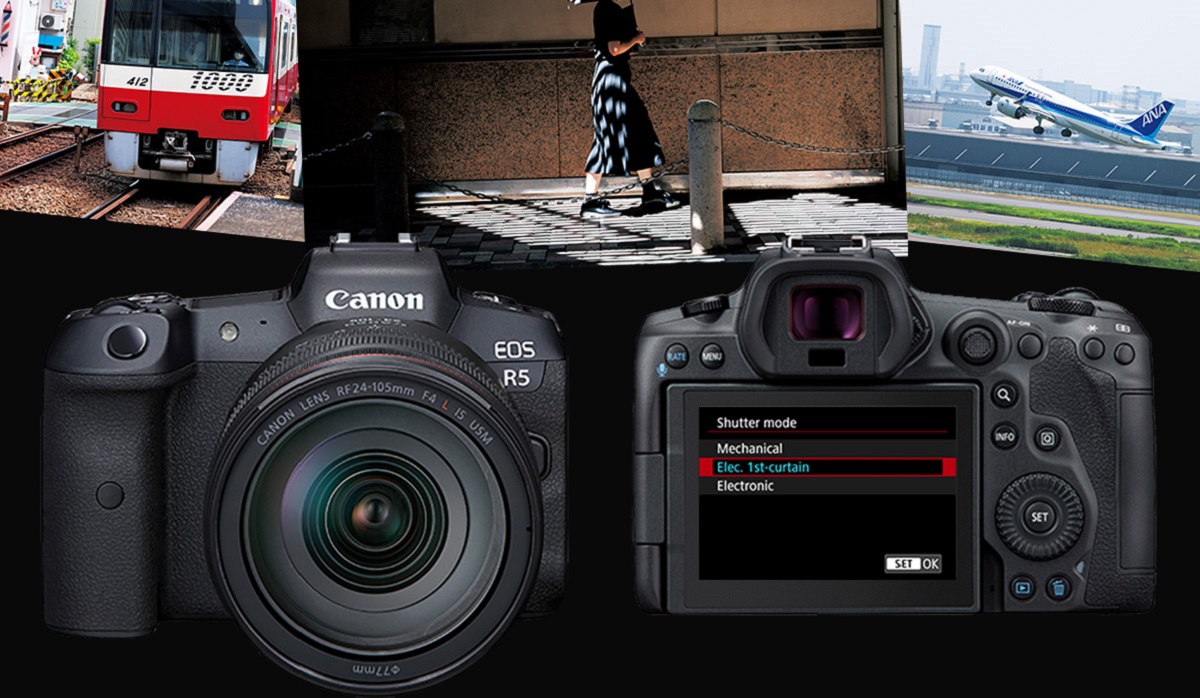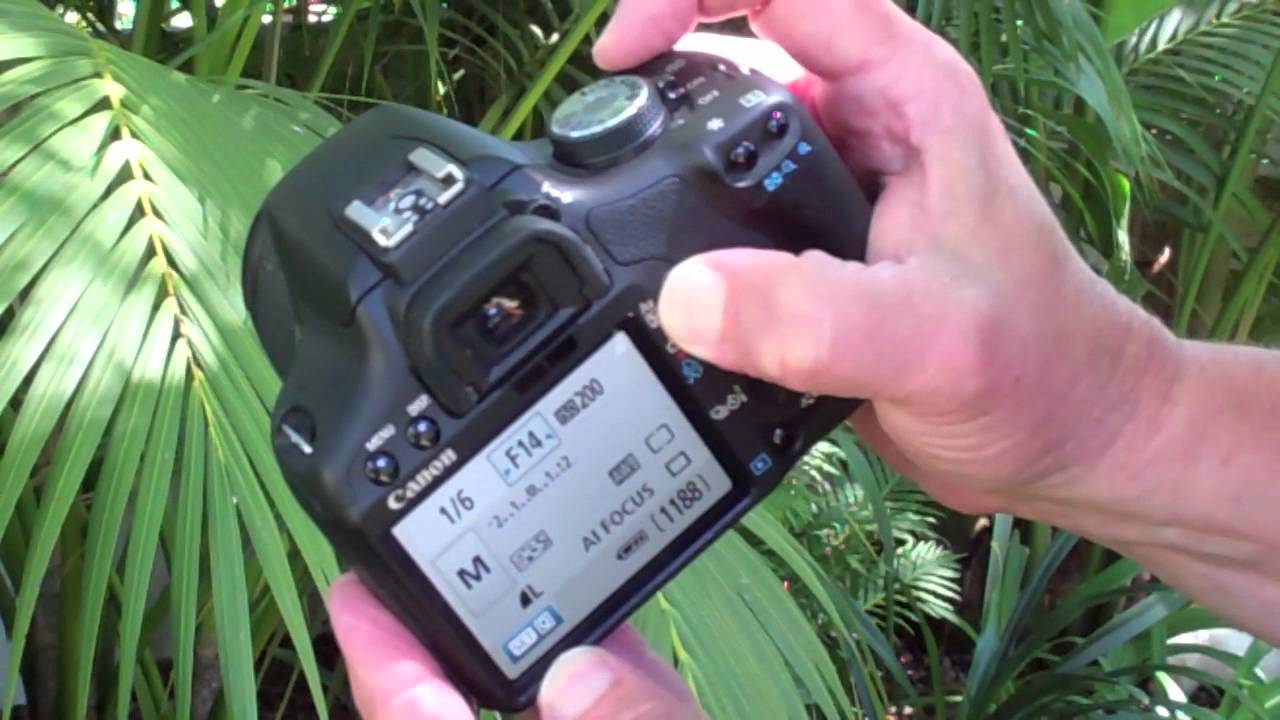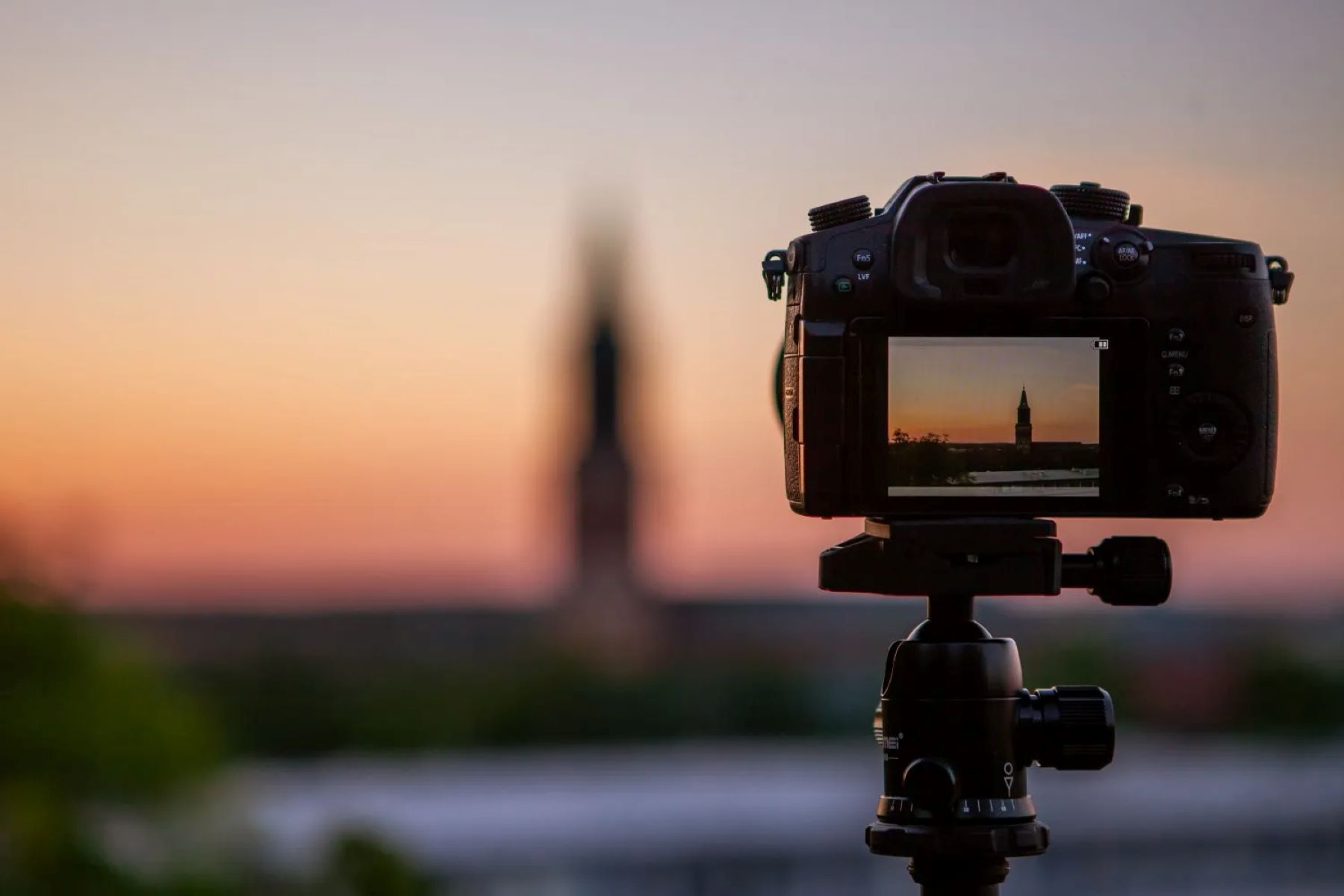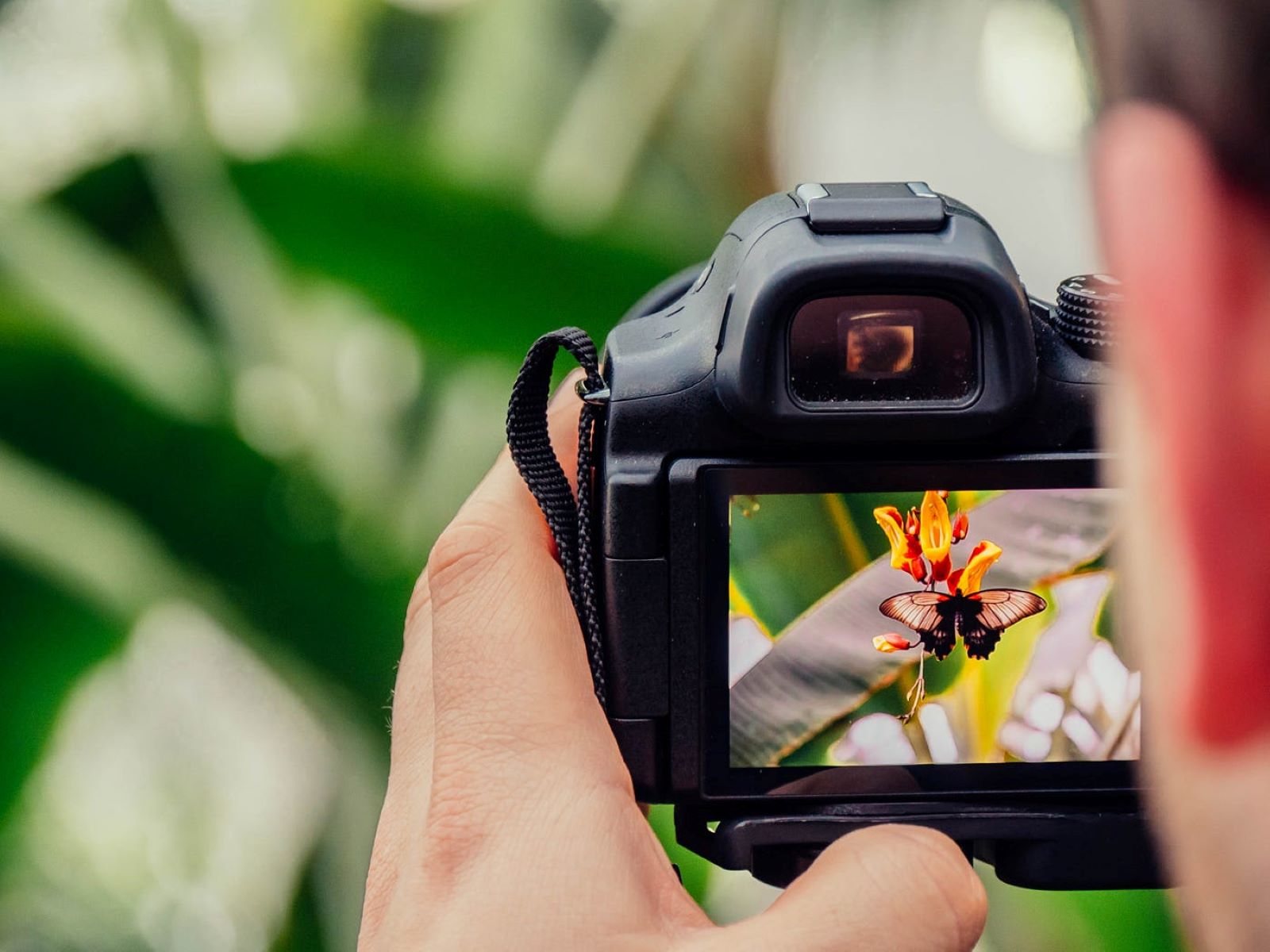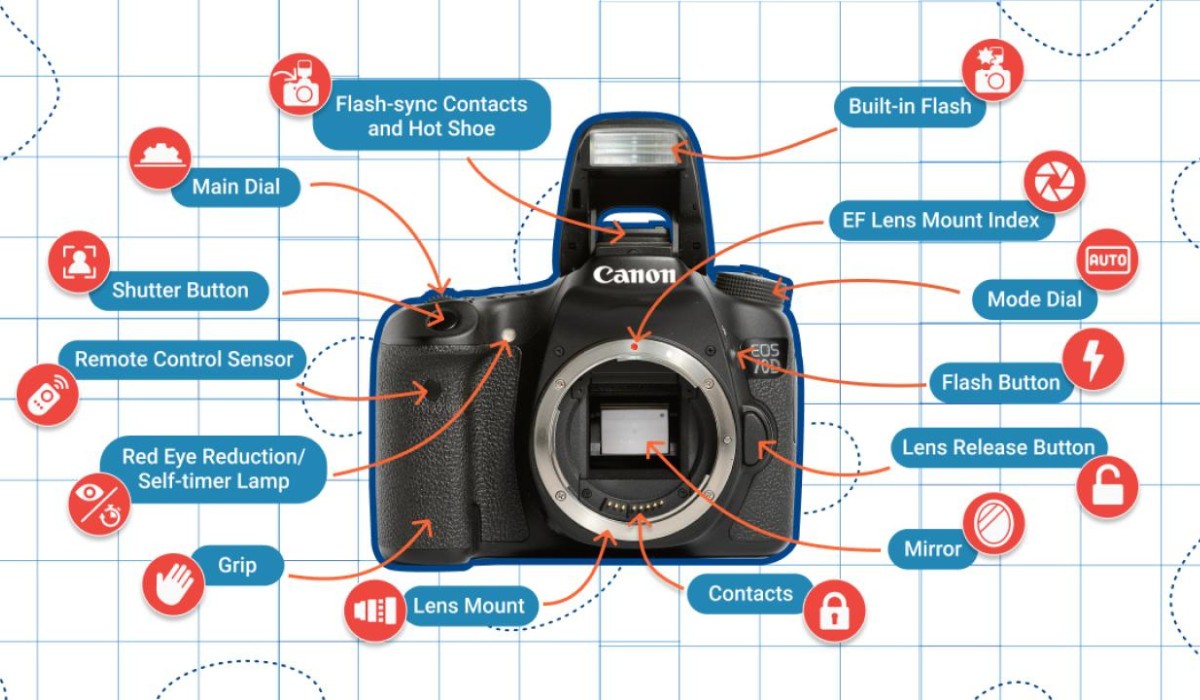Introduction
Understanding the Importance of Shutter Speed in Photography
Welcome to the world of digital photography, where creativity meets technology, and every click captures a moment in time. As a DSLR camera enthusiast, understanding how to set the shutter speed is essential for achieving stunning and captivating photographs. The shutter speed, one of the three pillars of exposure alongside aperture and ISO, plays a pivotal role in controlling the amount of light that enters the camera, as well as capturing motion in a frame.
Mastering the art of setting the shutter speed on your DSLR camera empowers you to freeze fast-moving subjects in action-packed scenes or create mesmerizing long-exposure images that paint with light. Whether you are a budding photographer or an experienced enthusiast, the ability to manipulate the shutter speed opens up a world of creative possibilities, allowing you to express your unique perspective through the lens.
In this comprehensive guide, we will delve into the intricacies of shutter speed, explore the different modes available on your DSLR camera, and provide step-by-step instructions for setting the shutter speed to achieve your desired photographic effects. Additionally, we will uncover how to leverage shutter speed as a tool for artistic expression, bringing life and dynamism to your visual storytelling.
So, grab your DSLR camera, unleash your creativity, and let’s embark on a journey to unravel the secrets of shutter speed, unlocking the potential to capture moments that transcend time.
Understanding Shutter Speed
Grasping the Concept of Shutter Speed and Its Impact on Photography
Shutter speed, in the realm of photography, refers to the length of time the camera’s shutter remains open to allow light to reach the image sensor. Measured in seconds or fractions of a second, such as 1/500 or 1/1000, shutter speed determines the duration for which the camera’s sensor is exposed to light. This fundamental aspect of photography holds the key to freezing fast-moving subjects or capturing the subtlest of motions with precision and artistry.
Understanding the relationship between shutter speed and motion is crucial. A fast shutter speed, such as 1/1000 or higher, freezes action, making it ideal for capturing sports, wildlife, or any fast-paced scenes. On the other hand, a slow shutter speed, like 1/30 or below, introduces motion blur, which can be creatively used to convey a sense of movement or to create dreamy, ethereal effects in photography.
It’s important to note that the choice of shutter speed is interlinked with the available light and the desired photographic outcome. In well-lit environments, higher shutter speeds can be employed to freeze motion without compromising exposure, while in low-light conditions, slower shutter speeds may be necessary to allow sufficient light to reach the sensor, albeit with the potential for introducing motion blur.
As a photographer, mastering the manipulation of shutter speed empowers you to seize the essence of fleeting moments or craft visually compelling narratives through the deliberate control of motion within your frames. By gaining a deeper understanding of how shutter speed influences the visual impact of your photographs, you can elevate your storytelling and evoke emotional responses through your imagery.
Now that we’ve laid the foundation for comprehending the significance of shutter speed, let’s explore the different modes available on your DSLR camera and how to harness the power of shutter speed to unleash your creative potential.
Manual Mode vs. Shutter Priority Mode
Choosing the Right Mode for Controlling Shutter Speed on Your DSLR Camera
When it comes to adjusting the shutter speed on your DSLR camera, you have the option to select between Manual (M) mode and Shutter Priority (Tv or S) mode, each offering distinct advantages and control over the photographic process.
Manual Mode: In Manual mode, you have complete authority over both the shutter speed and aperture settings, giving you the freedom to fine-tune each parameter according to your creative vision. This mode is ideal for photographers who prefer to have full control over every aspect of their exposure settings, allowing for precise adjustments tailored to the specific lighting and motion conditions of the scene.
Shutter Priority Mode: On the other hand, Shutter Priority mode is designed for photographers who prioritize controlling the shutter speed while letting the camera automatically adjust the aperture for optimal exposure. By selecting the desired shutter speed, the camera adjusts the aperture to maintain proper exposure, making it a convenient choice for scenarios where capturing motion with a specific shutter speed is paramount.
Both modes offer unique benefits, and the choice between them depends on the shooting conditions and your preferred level of control. Manual mode provides complete creative authority, enabling you to experiment with various combinations of shutter speed and aperture to achieve your desired effects, while Shutter Priority mode simplifies the process by allowing you to focus solely on setting the shutter speed, making it an efficient option for capturing fast-paced moments without the need to constantly adjust both shutter speed and aperture settings.
As you become more familiar with your DSLR camera and gain confidence in manipulating shutter speed to craft compelling images, you may find that seamlessly transitioning between Manual and Shutter Priority modes enhances your versatility as a photographer, enabling you to adapt to diverse shooting scenarios with ease and precision.
Now that we’ve explored the different modes for controlling shutter speed, let’s delve into the practical steps for setting the shutter speed on your DSLR camera, empowering you to unleash your creativity and capture stunning visual narratives.
Setting Shutter Speed on Your DSLR Camera
Mastering the Art of Adjusting Shutter Speed for Optimal Photographic Results
Setting the shutter speed on your DSLR camera is a straightforward yet crucial aspect of achieving the desired photographic effects. Whether you aim to freeze action with razor-sharp precision or capture the graceful flow of motion with artistic blur, understanding how to manipulate the shutter speed empowers you to realize your creative vision.
Here’s a step-by-step guide to setting the shutter speed on your DSLR camera:
- Accessing the Shutter Speed Control: Depending on the make and model of your DSLR camera, the shutter speed control may be located on the top or rear panel, often denoted by the letter “S” or “Tv” for Shutter Priority mode. Alternatively, in Manual mode, the shutter speed control is typically adjusted using a dedicated dial or through the camera’s menu system.
- Selecting the Desired Shutter Speed: Once you’ve accessed the shutter speed control, use the designated dial or navigation buttons to select the desired shutter speed. The available range of shutter speeds varies across DSLR models, typically spanning from several seconds to 1/4000 or higher, providing flexibility to accommodate various shooting conditions.
- Observing the Exposure Indicator: As you adjust the shutter speed, keep an eye on the camera’s exposure indicator, which provides real-time feedback on the exposure settings. In Shutter Priority mode, the camera automatically adjusts the aperture to maintain proper exposure, while in Manual mode, you have the flexibility to adjust both the shutter speed and aperture to achieve the desired exposure.
- Previewing the Effects: Before capturing your shot, consider using the camera’s live view mode or electronic viewfinder to preview the impact of the selected shutter speed on the scene. This preview allows you to assess how the chosen shutter speed influences the motion and exposure of the image, enabling you to make informed decisions based on the visual feedback.
- Capturing Your Image: Once you’ve set the shutter speed to your preference and confirmed the exposure settings, it’s time to press the shutter button and immortalize the moment. Whether you’re freezing the dynamics of a fast-paced event or embracing the fluidity of motion, the carefully chosen shutter speed plays a pivotal role in shaping the visual narrative of your photograph.
By mastering the process of setting the shutter speed on your DSLR camera, you gain the ability to adapt to diverse shooting scenarios and translate your creative vision into captivating imagery. Whether you’re exploring the nuances of street photography, documenting the grace of nature, or immersing yourself in the excitement of sports and action, the control and precision offered by manipulating shutter speed elevate your photographic pursuits to new heights.
Now that you’re equipped with the knowledge to set the shutter speed on your DSLR camera, let’s uncover how to harness this fundamental element to unleash your creativity and infuse your photography with a touch of artistic flair.
Using Shutter Speed for Creative Effects
Exploring the Artistic Potential of Shutter Speed in Photography
Shutter speed serves as a powerful tool for unleashing creative expression and imbuing your photographs with captivating visual effects. By manipulating the duration for which the camera’s shutter remains open, you can craft images that convey a sense of dynamism, evoke emotional responses, and showcase the beauty of motion in diverse forms.
Here are several creative effects that can be achieved by skillfully adjusting the shutter speed:
- Freezing Action: Utilizing fast shutter speeds, such as 1/500 or higher, enables you to freeze fast-moving subjects in sharp detail, preserving split-second moments with remarkable clarity. This technique is ideal for capturing sports, wildlife, and any scenes characterized by rapid motion, allowing you to immortalize the intensity and vitality of the captured subjects.
- Creating Motion Blur: Conversely, employing slow shutter speeds, such as 1/30 or below, introduces motion blur, imparting a sense of fluidity and movement to your photographs. This effect can be harnessed to convey a feeling of energy and rhythm, particularly in scenarios where the graceful flow of motion is central to the narrative, such as in flowing water, dancing, or urban street scenes.
- Long Exposure Photography: Embracing extended shutter speeds, often ranging from several seconds to minutes, unlocks the enchanting realm of long exposure photography. This technique allows you to capture mesmerizing light trails, ethereal nightscapes, and serene, silky waterscapes, transforming ordinary scenes into otherworldly, evocative imagery that transcends the constraints of time.
- Imparting Dramatic Emphasis: By strategically adjusting the shutter speed to accentuate specific elements within the frame, you can imbue your photographs with dramatic emphasis and visual impact. Whether it’s conveying the exhilaration of a speeding car, the grace of a dancer’s movements, or the intensity of turbulent waves, the deliberate use of shutter speed empowers you to infuse your imagery with narrative depth and emotional resonance.
Mastering the art of leveraging shutter speed for creative effects opens up a realm of artistic possibilities, allowing you to transcend the confines of traditional photography and craft visual narratives that resonate with depth and emotion. Whether you seek to freeze fleeting moments with razor-sharp precision or paint with the fluid strokes of time, the deliberate manipulation of shutter speed empowers you to shape the visual language of your photographs with unparalleled finesse.
As you continue to explore the boundless potential of shutter speed in photography, you’ll discover that each adjustment, whether subtle or dramatic, breathes life and vitality into your visual storytelling, elevating your images from mere representations to evocative reflections of the world as seen through your unique lens.
Conclusion
Embarking on a Journey of Creative Exploration Through Shutter Speed
Congratulations! You’ve embarked on a captivating journey through the intricacies of shutter speed, unlocking the potential to infuse your photography with a touch of artistry and visual poetry. By gaining a deeper understanding of how to set the shutter speed on your DSLR camera and harness its creative potential, you’ve equipped yourself with a powerful tool for crafting compelling imagery that transcends mere representation and delves into the realm of emotive storytelling.
As you continue to hone your skills and explore the myriad effects that can be achieved through the manipulation of shutter speed, remember that each adjustment is an opportunity to breathe life and vitality into your visual narratives. Whether freezing the dynamics of a fleeting moment, embracing the fluidity of motion, or immersing yourself in the ethereal beauty of long exposure photography, the deliberate control of shutter speed empowers you to shape the very essence of time within your frames.
Through the seamless transition between Manual and Shutter Priority modes, the precise adjustments of shutter speed, and the exploration of creative effects, you’ve embraced the art of visual storytelling with an unwavering spirit of curiosity and innovation. Your journey as a photographer is a perpetual evolution, a continuous exploration of light, motion, and emotion, all converging within the confines of your lens to create images that resonate with depth and resonance.
So, as you venture forth, camera in hand and creativity ablaze, remember that the mastery of shutter speed is not merely a technical pursuit but a profound artistic endeavor. It’s a symphony of light and time, a dance of motion and stillness, and an invitation to capture the fleeting whispers of life with reverence and passion.
May your photographic odyssey be filled with moments of inspiration, discovery, and boundless creativity, each frame a testament to your unique perspective and unwavering dedication to the craft. Embrace the power of shutter speed as a conduit for your artistic expression, and let each click of the shutter be a testament to the timeless magic of photography.







